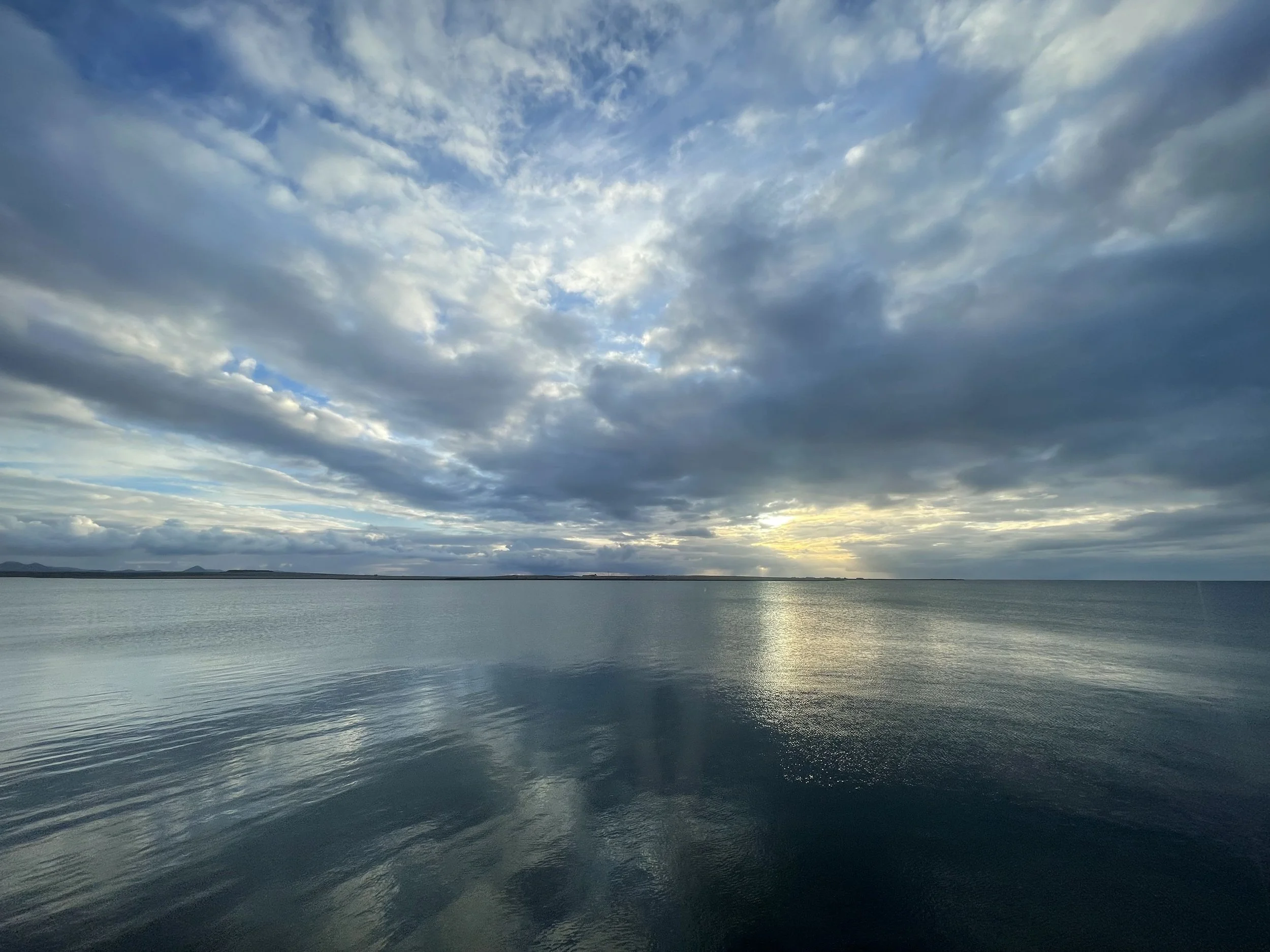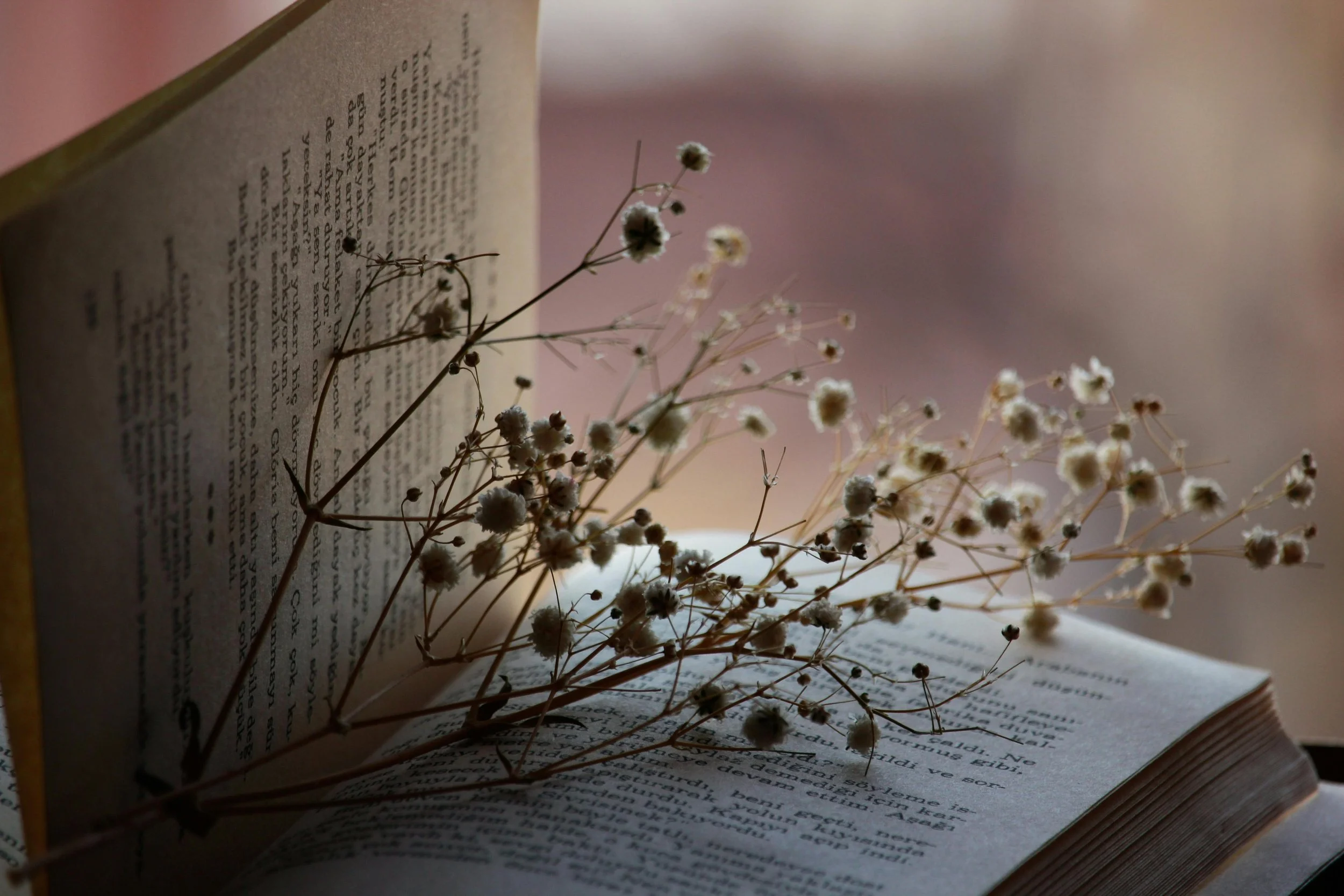Sri Ramakrishna: A Profile
Am I My Brother’s Keeper?
Science and Spirituality Join Forces for Water
Is a World Faith Worth Dreaming About?
“There is No Future without Forgiveness”
Holocaust Memorial Day 2014
High Tea with Marcus and Mary
by Ruth Broyde Sharone
The English landscape rushed by the bus window, lush green hills alternating with roads that twisted and turned through leafy glens.
Interfaith and Peace, Social Justice, and Respect for the Earth
“War no more.” That was the hope that inspired Charles Bonney as he explained in his opening address to the 1893 World’s Parliament of Religions. Bonney believed that a major cause of conflict was “because the religious faiths of the world have most seriously misunderstood and misjudged each other.”i One hundred years later, Hans Küng declared that there would be “No peace in the world without peace between religions.”ii
Should People of Different Faiths Pray Together?
This question has become increasingly important with the growing interaction between members of the world religions at all levels of society. Still quite a new issue in the Western world, few churches have given it much attention. In most cases, practice is well in advance of thinking about interfaith worship. I write as a Christian, mainly from a British context, and it will be good to hear from other standpoints.
A Dream That Is Contagious
A TIO Interview with Marcus Braybrooke
TIO: When you first became involved in interfaith activities, few if any discerned how several decades of globalization would put religious diversity issues, for good and for ill, center stage in millions of communities. As a preeminent historian of this transformation and its best fruit, the interfaith movement, please share with us how you were drawn to this arena.






